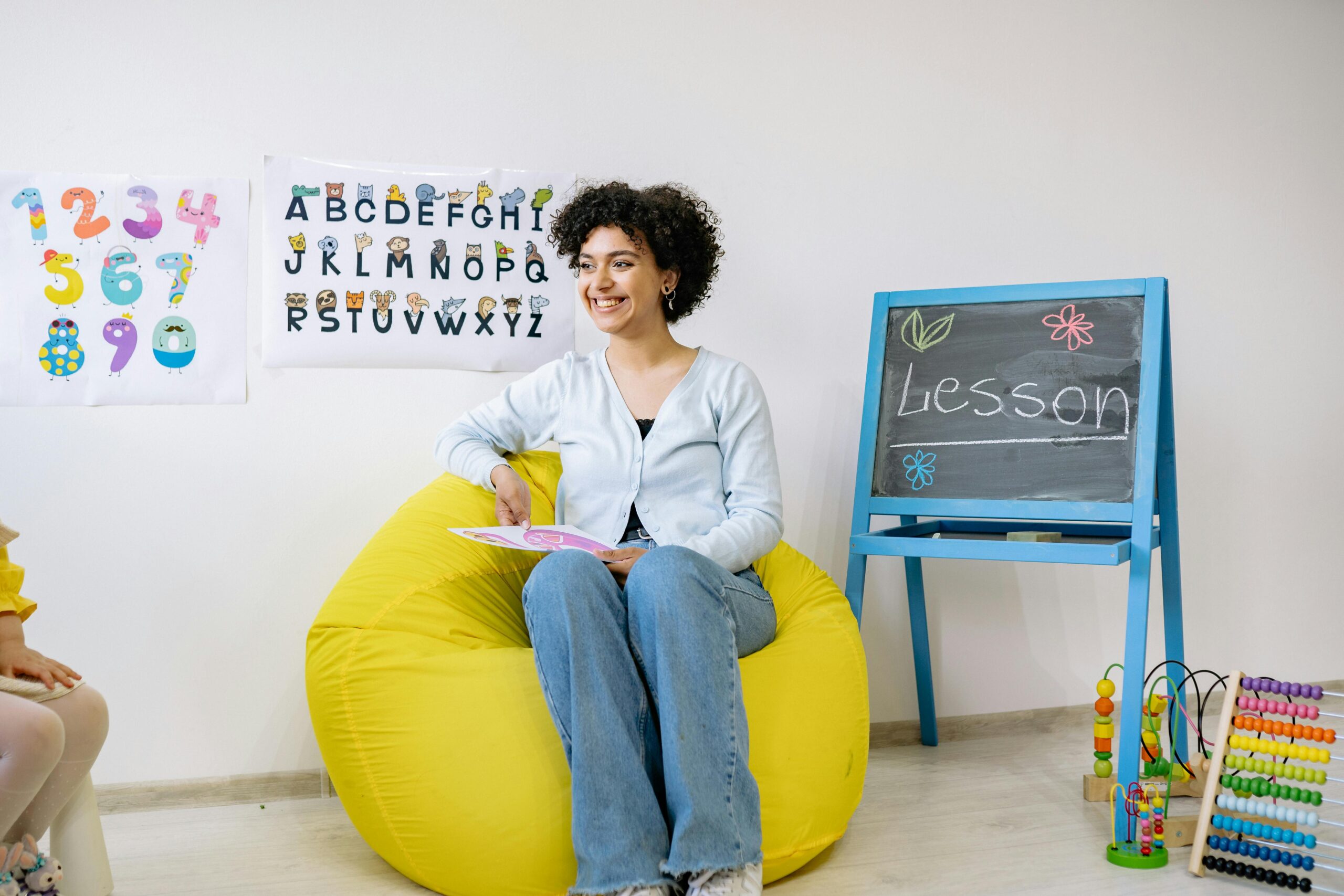
Teaching Students to Stop Waiting for the World to Change
By Tim Elmore
Back in 2006, musician John Mayer released a song for millions of twenty-first century young adults. It was called, “Waiting on the World to Change.”
While the tempo is upbeat and cheerful, the lyrics represent a melancholy, even despondent mood. They express a powerlessness to make any difference; that the power lies with “the man.” So, our job, Mayer notes, is to wait for the needed change. Instead of taking charge of our lives, we’re encouraged to just wait for external change to happen.
This may explain the cynical, even jaded, mood of millions from Generation Z.
A Shift in Culture
Over the last sixty years, young people have slowly drifted toward this mindset. Research psychologist, Dr. Julian Rotter, created a scale to measure whether graduates were entering their careers with an external or internal locus of control. Here’s what he measured:
- Internal locus of control represents a mindset that believes that you are responsible and in control of your own success.
- External locus of control represents a mindset which believes that somehow fate or external forces control your outcomes.
Interestingly, nine years into his research, Dr. Rotter discovered that those who maintain an internal locus of control become measurably more successful in life. They take better care of their health and fitness, their marriage and family, their job and career. It makes sense. If we believe our success is up to us, we take ownership of our behavior and attitude. This is good news. The bad news, however, is sobering. Since Julian Rotter first administered these evaluations in 1954, students have shifted toward an external locus of control. They’re looking outward to someone else to ensure their success—mom, dad, employer, counselor, or coach.
We can only assume why this might be. Perhaps students are scared or uncertain about life. It might be that they’re simply overwhelmed. Maybe they think no one is really in control. This, however, leads to feeling like someone else owes you.
Are We Benchwarmers?
Consider this: We approach life either as players in the game or substitutes on the bench.
Athletes feel something completely different based on whether they are in the competition or on the bench during a tough game. From the bench, you can yell and scream, stand up, or squeeze a towel in your hands, but that’s it. You can’t directly impact the outcome when you’re not actually playing. It’s only when you’re in the game, playing, that you feel different.
The key shifts we must help students make to return to an internal locus of control are:
- How they see their life (their perception).
- How they approach their life (their practice).
They must stop looking at externals that may go wrong. That’s not in their control. Life will give us lemons, as they say. Where students must focus is how they perceive it all, concentrating on their responses to the lemons, not the lemons themselves. That’s in their control. Once they nail their perception of life, maintaining a “control the controllable” mindset, life gets better.
Next, they must act in response to that internal mindset.
Arthur Brooks, one of my favorite authors, recently released a book called Build the Life You Want. In it, he tells the story of his mother-in-law who, at age 93, was one of the happiest people he’d ever known. Her name was Alpina, and she lived in her room alone, impoverished, and dying after a long life. But she was happy. The reason? Somehow, at age 45, “she stopped waiting for the world to change and took control of her life.”
How Do We Do This?
First, Alpina began to look for decisions in her life where once there were only impositions. For example, Alpina once felt she was stuck in a bad job at a pitiful company. Then she awakened to the fact that she’d been CEO all along. She couldn’t snap her fingers and all would be perfect, but she had power over her own life wherever it was, embracing an internal locus of control.
Second, she took action based on that realization. She switched from wishing others were different to working on the one person she could control: herself. The choices she made, not her feelings at the time, led her to transform less productive emotions into positive ones like humor, gratitude, hope, and compassion. Happiness was not a chase but a choice.
Third, managing herself freed Alpina to focus on the foundations on which she could construct a much better life: her family, her friendships, her work, and her faith. Instead of numbing the pain anyone can feel inside, these types of people think and act differently. Oprah Winfrey calls them the “people who have every reason to be unhappy and yet are not.” They’re the “lemonade-making, silver-linings-finding, bright-side-looking, glass-half-fullers.”
This completely removes the chore of waiting for the world to change.
Want a resource that highlights how kids can change their worlds? Growing Leaders and Maxwell Publishing launched a collection of stories called I Can’t Wait: 52 Stories of Kids Who Changed Their World…That You Can Discuss Together. These short stories make up 52 chapters, one a week for an entire year. They’re perfect for class time, dinnertime, or bedtime. They include discussion questions and a link to a video about the young person in that chapter. To be honest, I can’t wait to put this book in your hands to better launch conversations at dinnertime, bedtime, or in the classroom. They will engage and inspire the kids near you. This could be a great gift during the holidays. To learn more about this amazing resource, visit icantwaitbook.com.




